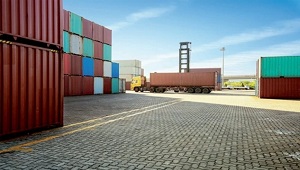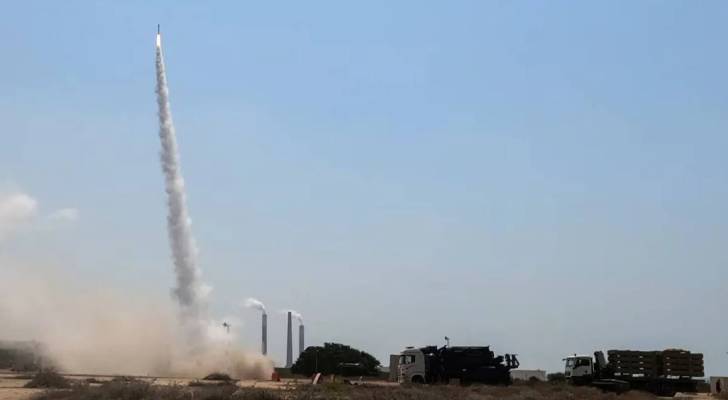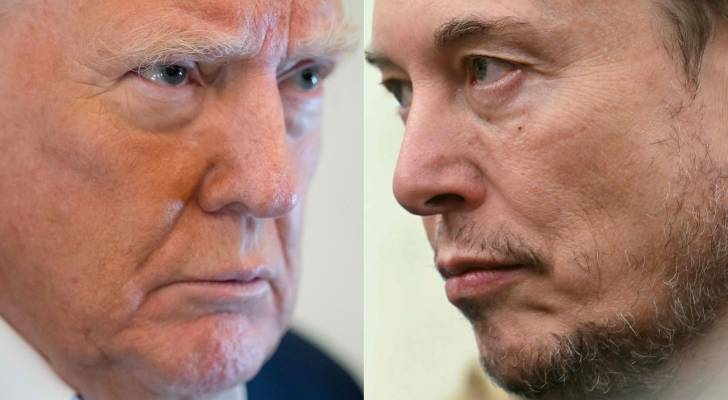Jordan records trade surplus with 10 Arab countries in first third of 2025

AFP
AMMAN — Jordan’s trade balance recorded a surplus with 10 member states of the Greater Arab Free Trade Area (GAFTA) during the first third of 2025, reflecting the Kingdom’s efforts to boost its economic presence in Arab markets.
This positive performance aligns with the goals of the Economic Modernisation Vision (EMV) and highlights the growing competitiveness of Jordanian exports across the region, alongside the expansion of its trade partnerships, the Jordan News Agency, Petra, reported.
According to the Department of Statistics' (DoS) figures, Jordan’s national exports to the GAFTA countries rose by 19.6 per cent in the first four months of the year; reaching JD1.117 billion, up from JD934 million during the same period in 2024.
Imports from GAFTA countries also increased, totalling JD1.822 billion, compared with JD1.575 billion in the same period last year, showing an increase of 15.7 per cent.
The GAFTA countries ranked as Jordan’s top trading partners during this period, accounting for 40.6 per cent of the Kingdom’s total national exports.
Despite the overall trade deficit with the GAFTA bloc widening to JD705 million, compared with JD641 million in the same period last year, Jordan still achieved a trade surplus with 10 member countries: Iraq, Lebanon, Kuwait, Syria, Palestine, Algeria, Bahrain, Yemen, Libya and Morocco.
On the other hand, the trade balance showed a deficit with Saudi Arabia, the UAE, Egypt, Qatar, Oman, Tunisia and Sudan.
Saudi Arabia remained Jordan’s largest export destination within the GAFTA bloc, with exports valued at JD338 million, up 23.4 per cent from the same period last year.
Iraq followed with JD273 million in exports, marking a 17.7 per cent increase, while Jordanian exports to Syria surged by 453.8 per cent, reaching JD72 million.
Saudi Arabia also topped the list of Jordan’s import sources, with goods valued at JD993 million. This resulted in a JD655 million trade deficit with the Kingdom’s largest regional partner.
Jordan’s exports to the GAFTA countries are mainly consisted of fertilisers, pharmaceuticals, agricultural products including fresh and frozen fruits and vegetables, salts, skincare products, food preparations, furniture, textiles, clothing and paints.
Imports from the GAFTA countries include crude oil and its derivatives, jewellery, food products, plastic sheets and panels, titanium oxide, polyethylene, polystyrene, iron and related goods.
GAFTA, which entered into force in January 2005, is a trade agreement aimed at fostering economic integration among Arab states through low-tariff trade. The bloc currently includes 18 member countries, Petra added.
Latest News
-
 Rocket fired from Yemen triggers sirens in several areas, says 'Israeli' army
Rocket fired from Yemen triggers sirens in several areas, says 'Israeli' army
-
 Trump dismisses Elon Musk’s new political party as “ridiculous”
Trump dismisses Elon Musk’s new political party as “ridiculous”
-
 Flash floods kill at least 51 in Texas, dozens still missing
Flash floods kill at least 51 in Texas, dozens still missing
-
 Authorities foil attempt to smuggle documents linked to banned Muslim Brotherhood
Authorities foil attempt to smuggle documents linked to banned Muslim Brotherhood
-
 Mediators tell Hamas new round of Gaza talks to begin in Doha: Palestinian source
Mediators tell Hamas new round of Gaza talks to begin in Doha: Palestinian source